Volatility, Growth and Financial Crises
This research group analyses the build-up of financial vulnerabilities and real consequences of financial crises. Different policy shocks and the causal reaction of macroeconomic aggregates are identified. Early-warning models describe the cyclical nature of financial vulnerabilities.
IWH Data Project: Financial Stability Indicators in Europe
Research Cluster
Financial Resilience and RegulationYour contact

- Department Macroeconomics
EXTERNAL FUNDING
01.2022 ‐ 12.2023
Sovereign Risk Shocks
05.2017 ‐ 09.2019
Early Warning Models for Systemic Banking Crises: The Effect of Model and Estimation Uncertainty
01.2018 ‐ 12.2018
International Monetary Policy Transmission
Refereed Publications
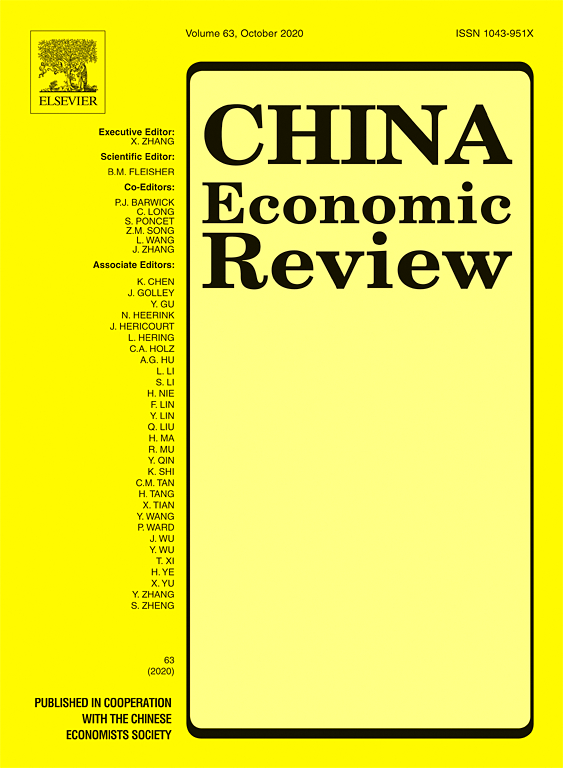
Trade Effects of Silver Price Fluctuations in 19th-Century China: A Macro Approach
in: China Economic Journal, 2020
Abstract
We assess the role of silver price fluctuations in Chinese trade and GDP during the late Qing dynasty, when China still had a bimetallic (silver/copper) monetary system, in which silver was mostly used for international trade. Using a structural VAR (SVAR) with blockwise recursive identification, we identify the impact of silver price shocks on the Chinese economy from 1867, when trade data became available, to 1910, one year before the Qing dynasty collapsed. We find that silver price shocks had a sizable impact on both imports and exports but only a very minor effect on the trade balance, only a marginal impact on growth, and almost no effect on domestic prices. Stronger effects were partly mitigated by inelastic export quantities. Generally, the effect of silver price shocks, while considerable, was only short-lived, displaying no persistence in either direction. We find that the bimetallic system in Qing China might have mitigated a potential positive effect of silver depreciation but did not reverse the effect, which – contrary to claims made in the previous literature – was responsible for neither the worsening trade balance nor the inflation and the quickly increasing imports that occurred during our sample period.
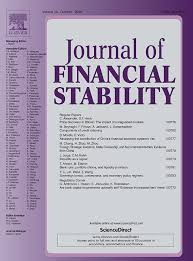
Does Machine Learning Help us Predict Banking Crises?
in: Journal of Financial Stability, December 2019
Abstract
This paper compares the out-of-sample predictive performance of different early warning models for systemic banking crises using a sample of advanced economies covering the past 45 years. We compare a benchmark logit approach to several machine learning approaches recently proposed in the literature. We find that while machine learning methods often attain a very high in-sample fit, they are outperformed by the logit approach in recursive out-of-sample evaluations. This result is robust to the choice of performance metric, crisis definition, preference parameter, and sample length, as well as to using different sets of variables and data transformations. Thus, our paper suggests that further enhancements to machine learning early warning models are needed before they are able to offer a substantial value-added for predicting systemic banking crises. Conventional logit models appear to use the available information already fairly efficiently, and would for instance have been able to predict the 2007/2008 financial crisis out-of-sample for many countries. In line with economic intuition, these models identify credit expansions, asset price booms and external imbalances as key predictors of systemic banking crises.
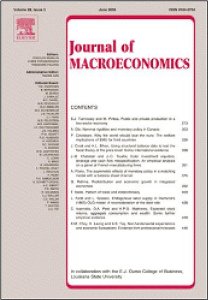
On the Empirics of Reserve Requirements and Economic Growth
in: Journal of Macroeconomics, June 2019
Abstract
Reserve requirements, as a tool of macroprudential policy, have been increasingly employed since the outbreak of the great financial crisis. We conduct an analysis of the effect of reserve requirements in tranquil and crisis times on long-run growth rates of GDP per capita and credit (%GDP) making use of Bayesian model averaging methods. Regulation has on average a negative effect on GDP in tranquil times, which is only partly offset by a positive (but not robust effect) in crisis times. Credit over GDP is positively affected by higher requirements in the longer run.
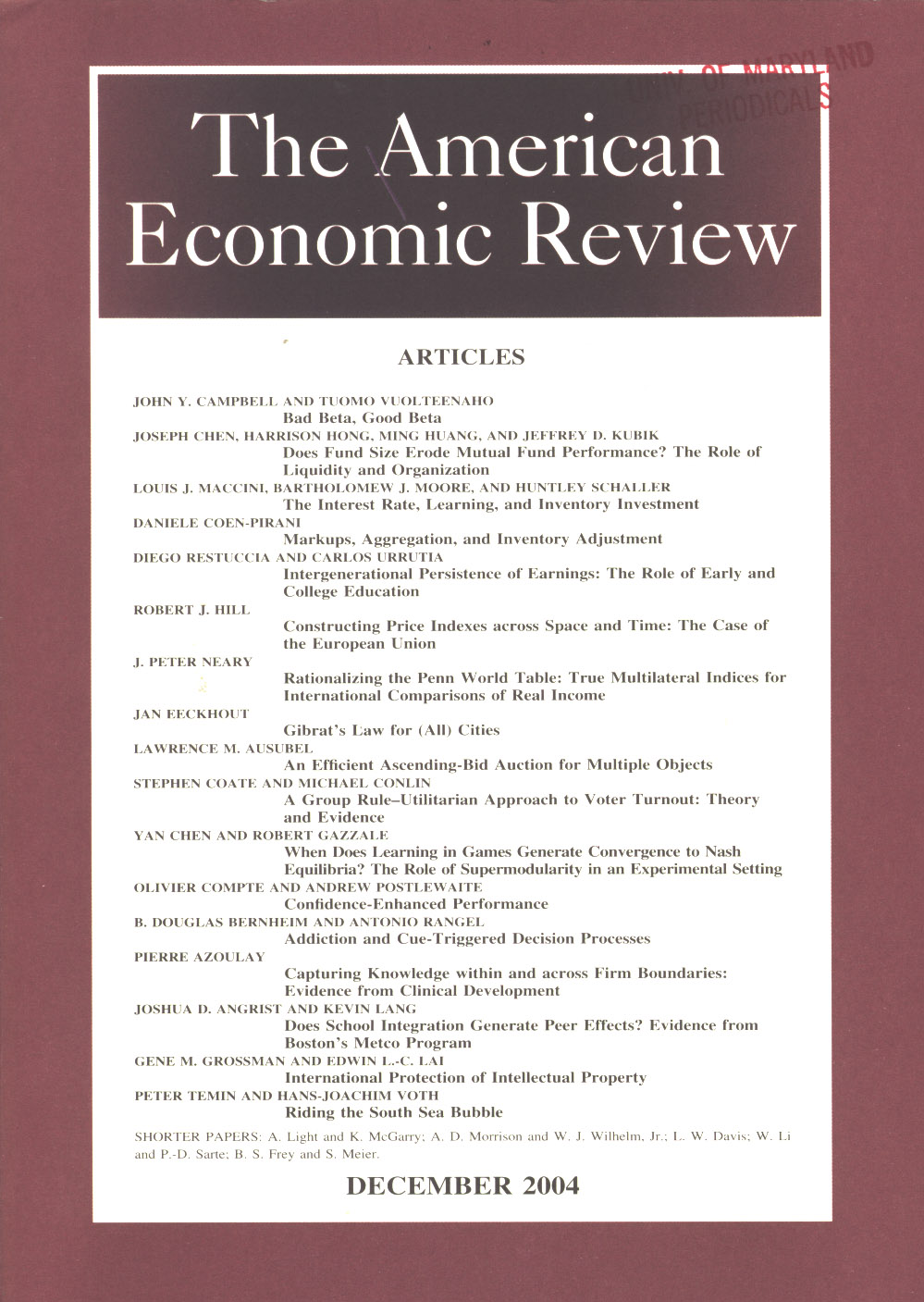
Structural Interpretation of Vector Autoregressions with Incomplete Identification: Revisiting the Role of Oil Supply and Demand Shocks
in: American Economic Review, No. 5, 2019
Abstract
Traditional approaches to structural vector autoregressions (VARs) can be viewed as special cases of Bayesian inference arising from very strong prior beliefs. These methods can be generalized with a less restrictive formulation that incorporates uncertainty about the identifying assumptions themselves. We use this approach to revisit the importance of shocks to oil supply and demand. Supply disruptions turn out to be a bigger factor in historical oil price movements and inventory accumulation a smaller factor than implied by earlier estimates. Supply shocks lead to a reduction in global economic activity after a significant lag, whereas shocks to oil demand do not.
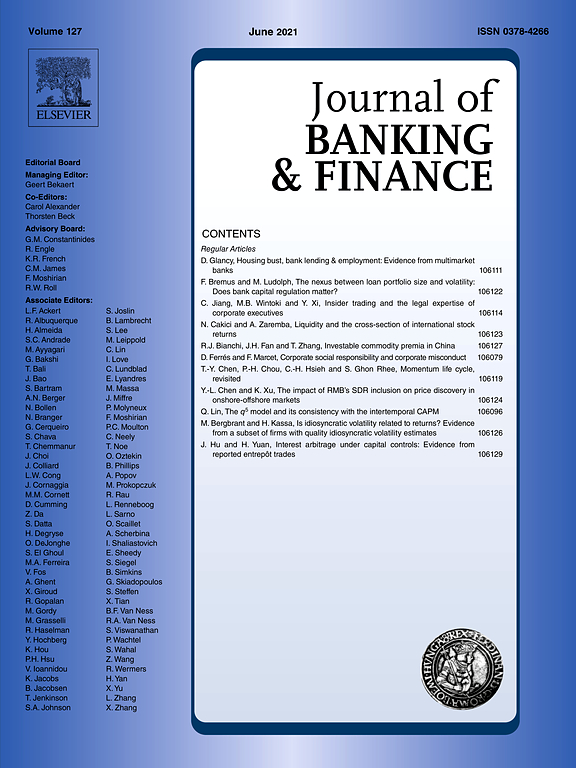
The Joint Dynamics of Sovereign Ratings and Government Bond Yields
in: Journal of Banking and Finance, 2018
Abstract
Can a negative shock to sovereign ratings invoke a vicious cycle of increasing government bond yields and further downgrades, ultimately pushing a country toward default? The narratives of public and political discussions, as well as of some widely cited papers, suggest this possibility. In this paper, we will investigate the possible existence of such a vicious cycle. We find no evidence of a bad long-run equilibrium and cannot confirm a feedback loop leading into default as a transitory state for all but the very worst ratings. We use a bivariate semiparametric dynamic panel model to reproduce the joint dynamics of sovereign ratings and government bond yields. The individual equations resemble Pesaran-type cointegration models, which allow for valid interference regardless of whether the employed variables display unit-root behavior. To incorporate most of the empirical features previously documented (separately) in the literature, we allow for different long-run relationships in both equations, nonlinearities in the level effects of ratings, and asymmetric effects in changes of ratings and yields. Our finding of a single good equilibrium implies the slow convergence of ratings and yields toward this equilibrium. However, the persistence of ratings is sufficiently high that a rating shock can have substantial costs if it occurs at a highly speculative rating or lower. Rating shocks that drive the rating below this threshold can increase the interest rate sharply, and for a long time. Yet, simulation studies based on our estimations show that it is highly improbable that rating agencies can be made responsible for the most dramatic spikes in interest rates.
Working Papers

Risky Oil: It's All in the Tails
in: NBER Working Paper, No. 32524, 2024
Abstract
<p>The substantial fluctuations in oil prices in the wake of the COVID-19 pandemic and the Russian invasion of Ukraine have highlighted the importance of tail events in the global market for crude oil which call for careful risk assessment. In this paper we focus on forecasting tail risks in the oil market by setting up a general empirical framework that allows for flexible predictive distributions of oil prices that can depart from normality. This model, based on Bayesian additive regression trees, remains agnostic on the functional form of the conditional mean relations and assumes that the shocks are driven by a stochastic volatility model. We show that our nonparametric approach improves in terms of tail forecasts upon three competing models: quantile regressions commonly used for studying tail events, the Bayesian VAR with stochastic volatility, and the simple random walk. We illustrate the practical relevance of our new approach by tracking the evolution of predictive densities during three recent economic and geopolitical crisis episodes, by developing consumer and producer distress indices that signal the build-up of upside and downside price risk, and by conducting a risk scenario analysis for 2024.</p>
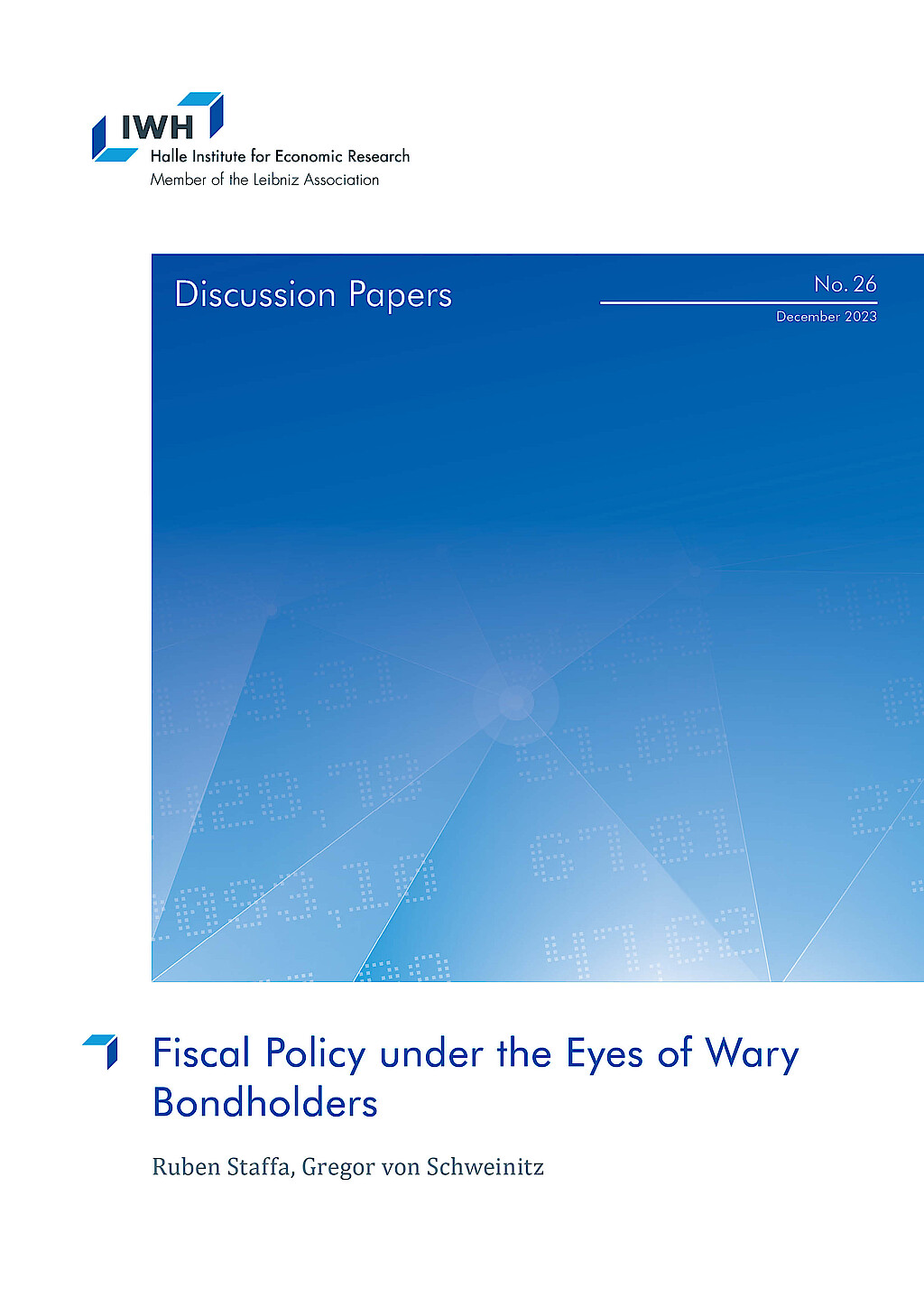
Fiscal Policy under the Eyes of Wary Bondholders
in: IWH Discussion Papers, No. 26, 2023
Abstract
This paper studies the interaction between fiscal policy and bondholders against the backdrop of high sovereign debt levels. For our analysis, we investigate the case of Italy, a country that has dealt with high public debt levels for a long time, using a Bayesian structural VAR model. We extend a canonical three variable macro mode to include a bond market, consisting of a fiscal rule and a bond demand schedule for long-term government bonds. To identify the model in the presence of political uncertainty and forward-looking investors, we derive an external instrument for bond demand shocks from a novel news ticker data set. Our main results are threefold. First, the interaction between fiscal policy and bondholders’ expectations is critical for the evolution of prices. Fiscal policy reinforces contractionary monetary policy through sustained increases in primary surpluses and investors provide incentives for “passive” fiscal policy. Second, investors’ expectations matter for inflation, and we document a Fisherian response of inflation across all maturities in response to a bond demand shock. Third, domestic politics is critical in the determination of bondholders’ expectations and an increase in the perceived riskiness of sovereign debt increases inflation and thus complicates the task of controlling price growth.

Macroeconomic Effects from Sovereign Risk vs. Knightian Uncertainty
in: IWH Discussion Papers, No. 27, 2023
Abstract
This paper compares macroeconomic effects of Knightian uncertainty and risk using policy shocks for the case of Italy. Drawing on the ambiguity literature, I use changes in the bid-ask spread and mid-price of government bonds as distinct measures for uncertainty and risk. The identification exploits the quasi-pessimistic behavior under ambiguity-aversion and the dealer market structure of government bond markets, where dealers must quote both sides of the market. If uncertainty increases, ambiguity-averse dealers will quasi-pessimistically quote higher ask and lower bid prices – increasing the bid-ask spread. In contrast, a pure change in risk shifts the risk-compensating discount factor which is well approximated by the change in bond mid-prices. I evaluate economic effects of the two measures within an instrumental variable local projection framework. The main findings are threefold. First, the resulting shock time series for uncertainty and risk are uncorrelated with each other at the intraday level, however, upon aggregation to monthly level the measures become correlated. Second, uncertainty is an important driver of economic aggregates. Third, macroeconomic effects of risk and uncertainty are similar, except for the response of prices. While sovereign risk raises inflation, uncertainty suppresses price growth – a result which is in line with increased price rigidity under ambiguity.
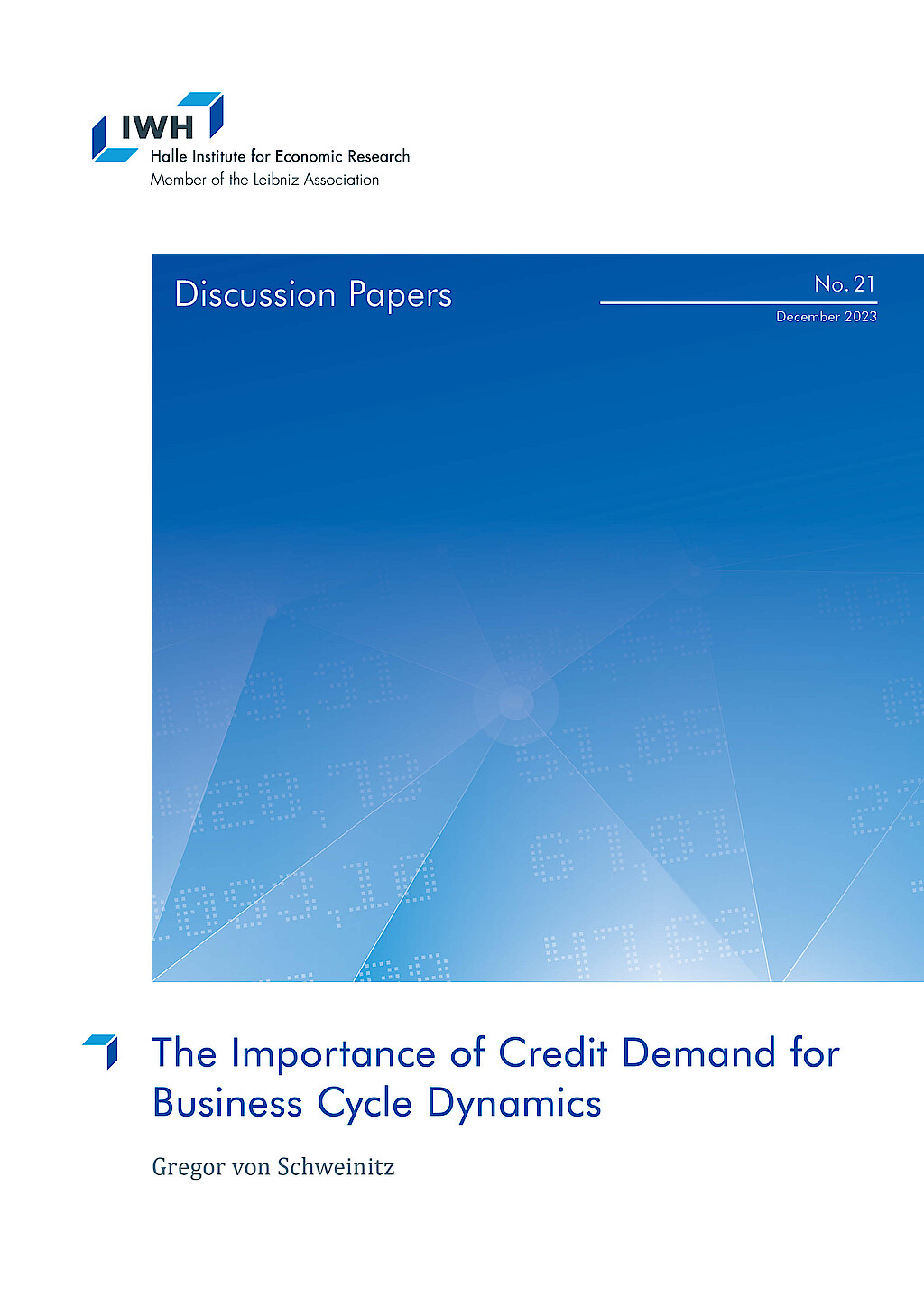
The Importance of Credit Demand for Business Cycle Dynamics
in: IWH Discussion Papers, No. 21, 2023
Abstract
This paper contributes to a better understanding of the important role that credit demand plays for credit markets and aggregate macroeconomic developments as both a source and transmitter of economic shocks. I am the first to identify a structural credit demand equation together with credit supply, aggregate supply, demand and monetary policy in a Bayesian structural VAR. The model combines informative priors on structural coefficients and multiple external instruments to achieve identification. In order to improve identification of the credit demand shocks, I construct a new granular instrument from regional mortgage origination. <br />I find that credit demand is quite elastic with respect to contemporaneous macroeconomic conditions, while credit supply is relatively inelastic. I show that credit supply and demand shocks matter for aggregate fluctuations, albeit at different times: credit demand shocks mostly drove the boom prior to the financial crisis, while credit supply shocks were responsible during and after the crisis itself. In an out-of-sample exercise, I find that the Covid pandemic induced a large expansion of credit demand in 2020Q2, which pushed the US economy towards a sustained recovery and helped to avoid a stagflationary scenario in 2022.

Uncovering Disaggregated Oil Market Dynamics: A Full-Information Approach to Granular Instrumental Variables
in: Working Paper, 2023
Abstract
<p>The world price of oil is determined by the interactions of multiple producers and consumers who face different constraints and shocks. We show how this feature of the oil market can be used to estimate local and global elasticities of supply and demand and provide a rich set of testable restrictions. We develop a novel approach to estimation based on full-information maximum likelihood that generalizes the insights from granular instrumental variables. We conclude that the supply responses of Saudi Arabia and adjustments of inventories have historically played a key role in stabilizing the price of oil. We illustrate how our structural model can be used to analyze how individual producers and consumers would dynamically adapt to a geopolitical event such as a major disruption in the supply of oil from Russia.</p>














